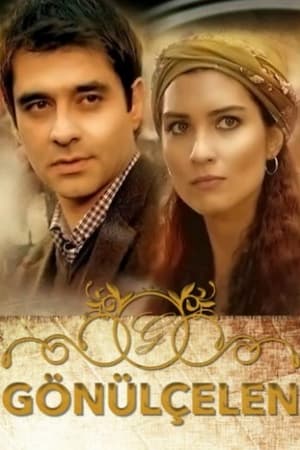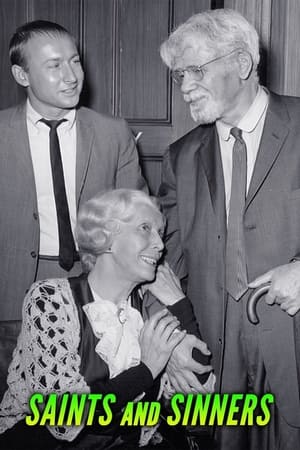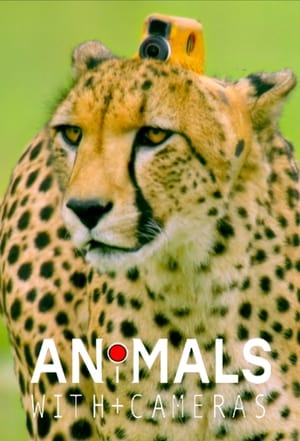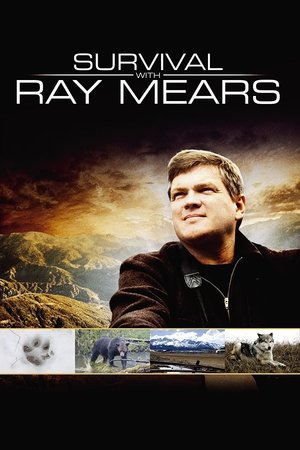1980-09-02
This episode introduces the themes that are explored in the remainder of the series. Clarke expounds on his categorisation of mysteries, self-consciously aping the famous 'close encounters' categorisation used by some UFOlogists: Mysteries of the First Kind, Mysteries of the Second Kind and Mysteries of the Third Kind.
Also in this episode, Clarke views and describes the natural mystery of a solar eclipse
1980-09-09
This episode looks at the Giant squid, giant octopus and the megamouth shark.
1980-09-16
This episode is concerned with technology from history that was either ahead of its time and subsequently forgotten, or artefacts which are mysteries in themselves. This includes the Baghdad battery, where German scientist Arne Eggebrecht is shown electroplating a small silver statue with a gold cynanide solution and a replica of the battery using grape juice. There are also segments on the Antikythera Mechanism (including an interview with Derek J. de Solla Price), the Stone Balls of Costa Rica and the so-called 'Skull of Doom' which famously dominates the opening credits of the series.
Clarke opines at the end that had some of these forgotten technologies been developed and not lost that we would have 'colonised the stars' by now.
1980-09-23
This episode is divided equally between considering evidence for the Bigfoot and Yeti. Interviewees for the segment on the Yeti include Don Whillans, Lord Hunt and Eric Shipton. Lengthy consideration is given to the Patterson-Gimlin film, and interviewees include Grover Krantz - who demonstrates several casts of alleged Bigfoot tracks that he feels bolsters his belief that the creature represents a relative of Gigantopithecus.
1980-09-30
Mystifying geoglyphs, giant pictures covering large areas on the ground, appear across the globe, many created by ancient peoples. They only become recognizable at great distances or are situated away from the common sight of man. This episode addresses the questions surrounding these images and covers such marvels as the Cerne Abbas giant and the Nazca lines.
1980-10-07
This episode covers Scotland's Loch Ness Monster and the Ogopogo. At least 50 other lakes in the world are claimed to be likewise inhabited by such giant beasts. Are they fact, hoaxes or merely cases of mistaken identity?
1980-10-14
This episode deals with the Tunguska explosion of June 30, 1908. To this day there is uncertainty as to the true nature of the incident and its possible implications should such an event happen again.
1980-10-21
Clarke invites us to hear the legends and theory concerning Stonehenge and the hundreds of other megalithic structures to be found across the British Isles, including Newgrange and Avebury.
1980-10-28
This episode explores the phenomena of strange objects that fall from the sky. Clarke displays a variety of cases including ice and frog falls, and offers possible scenarios to explain their origin.
1980-11-04
Clarke states that he has been interested in UFOs for 50 years, and claims to have observed at least six.
This episode covers the various UFO sightings and alleged alien abductions, including the Robert Taylor incident and an interview with Kenneth Arnold.
1980-11-11
This episode covers alleged sightings of giant reptiles and other cryptids including Mokele-mbembe, the giant anaconda, Ameranthropoides loysi as well as excavations of animals such as the moa and the woolly mammoth.
Clarke includes interviews Roy Mackal and James Powell.
1980-11-18
In this episode, Clarke explores celestial mysteries including lost planets such as Vulcan, the Martian canals, and the identity of the Star of Bethlehem.
1980-11-25
This episode includes a summing up of the series, and a collection of unrelated subjects including the sailing stones of Death Valley, the alma, entombed toads and ball lightning.


















